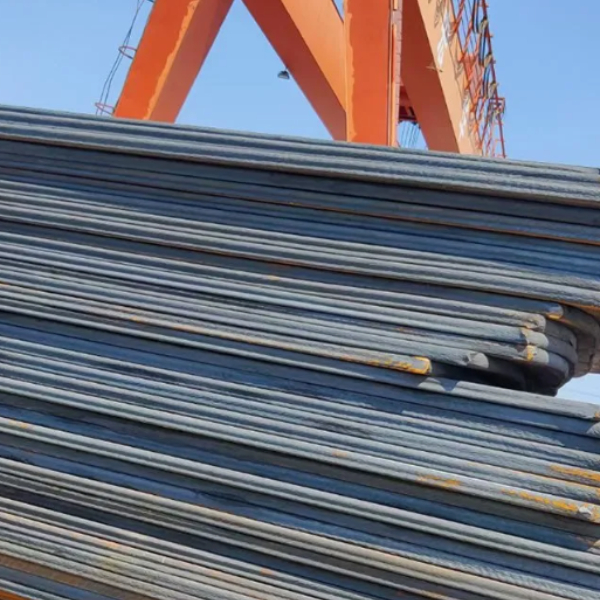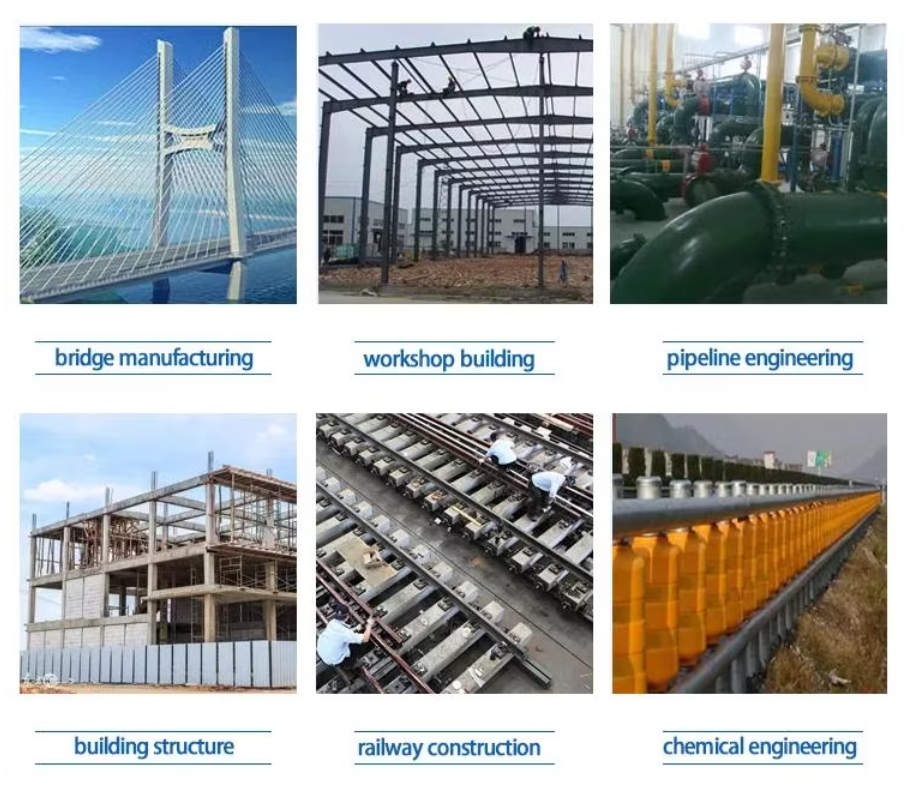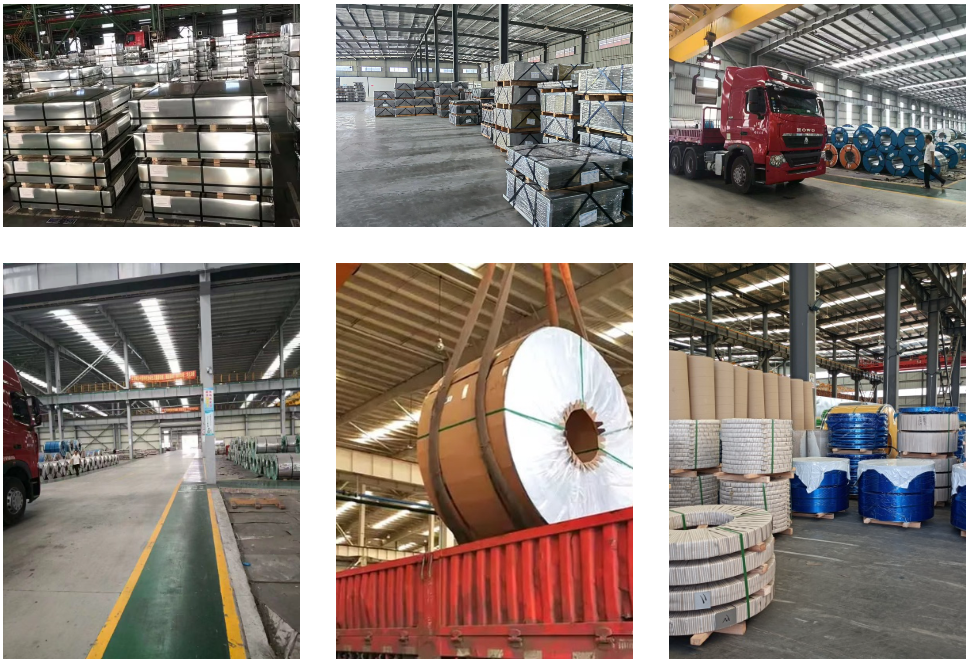Structural vs. Pressure Vessel Steel Plates: What’s the Difference?
467Understand the technical and regulatory differences between structural and pressure vessel steel plates. Compare grades, properties, and applications in one guide.
View detailsSearch the whole station

Steel buyers and engineers often face a critical decision: which steel grade best fits their application—structural, pressure vessel, or general fabrication? This guide provides a clear, at-a-glance comparison of the most common carbon steel plates—ASTM A36, A283, A572 Grade 50, and A516 Grade 70—helping buyers quickly understand differences such as A36 vs A572 or A516 vs A36.
Use this table for a quick side-by-side comparison of key grades. Values are typical minimums or ranges.
| Steel Grade | Yield Strength (MPa) | Tensile Strength (MPa) | Elongation (%) | Application |
|---|---|---|---|---|
| ASTM A36 | ≥ 250 | 400–550 | ≥ 20 | General structural fabrication |
| ASTM A283 Gr. C | ≥ 205 | 380–510 | ≥ 22 | Low-carbon steel for non-critical structure |
| ASTM A516 Gr. 60 | ≥ 260 | 415–585 | ≥ 21 | Pressure vessels, tanks |
| ASTM A516 Gr. 70 | ≥ 260 | 485–620 | ≥ 21 | Pressure vessels, heat exchangers |
| ASTM A572 Gr. 50 | ≥ 345 | 450–620 | ≥ 18 | Bridges, cranes, construction |
| ASTM A572 Gr. 65 | ≥ 450 | 550–710 | ≥ 17 | Columns, industrial buildings |
Many engineers compare ASTM A36 vs A572 Grade 50 for structural projects, while A516 vs A36 is often discussed in pressure vessel vs. structural applications.
⚠️ Important: The table below provides approximate equivalents for cross-reference. Always consult project specifications and contact our technical team for final material substitution approval.
| ASTM Standard | Grade | Approx. EN Equivalent | EN Standard Type | Notes |
|---|---|---|---|---|
| ASTM A36 | – | S235JR | EN 10025-2 (Structural Steel) | Closest equivalent in mechanical strength |
| ASTM A283 | Grade C | S235JR or S275JR | EN 10025-2 | Depends on thickness and application context |
| ASTM A516 | Grade 60 | P265GH / P295GH | EN 10028-2 (Pressure Vessel) | Used in boilers and pressure vessels |
| Grade 70 | P355GH / 16Mo3 | EN 10028-2 | Often used for higher pressure/temperature | |
| ASTM A572 | Grade 50 | S355JR / S355NL | EN 10025-2 / -3 | High strength structural equivalent |
| Grade 65 | S460NL | EN 10025-3 | Heavy-duty structural applications |

When selecting a grade, consider:
Simple Guidance:
The closest EN equivalent to ASTM A36 is S235JR under EN 10025-2. Both offer similar yield strength (~250 MPa) and are commonly used in general structural applications. Sometimes engineers also ask about A36 steel equivalent in JIS or GB standards, which are SS400 and Q235B respectively.
ASTM A572 Gr.50 is often considered equivalent to S355JR in EN standards, with comparable yield strength (~345 MPa). However, detailed mechanical and chemical requirements may differ slightly. Always confirm with project specifications.
Yes, P355GH (EN 10028-2) is widely accepted as the EN equivalent of A516 Grade 70, especially for pressure vessel applications. Both have similar tensile strength and notch toughness.
A516 Gr.70 is a pressure vessel steel, while A572 Gr.50 is a high-strength structural steel. They are not interchangeable. Use A516 for boilers and tanks; use A572 for bridges, frames, or cranes.
Yes, A283 Grade C and A36 are both mild carbon steels used for general structural purposes. A36 has slightly higher strength and is more commonly used in modern construction projects.
ASTM A572 Gr.65 roughly corresponds to S460NL in EN 10025-3, which offers similar high yield strength for demanding structural use like towers and bridges.
In some non-critical applications, A283 Gr.C may be used as a low-cost alternative to A36. However, its lower strength may not meet modern structural requirements. Always check engineering standards.
A: No. A569 vs A36 is a common query. A569 is a hot-rolled carbon steel sheet, while A36 is a structural steel plate. They differ in mechanical properties and intended applications.
Both belong to the EN 10025 series, but S355NL is a normalized steel with better low-temperature toughness than S355JR. For cold climate or critical applications, S355NL is preferred.

Understanding the differences between common grades like ASTM A36, ASTM A283, ASTM A572 Grade 50, and ASTM A516 Grade 70—and knowing when to choose between A36 vs A572 or A516 vs A36—is key to optimizing your project’s cost, performance, and compliance.
💡 Ready to Source? Contact us for competitive pricing, mill certificates (MTC), and global delivery options for all these grades.
📞 WhatsApp: +8618191906640
📩 Email: info@cjmstainlesssteel.com
Understand the technical and regulatory differences between structural and pressure vessel steel plates. Compare grades, properties, and applications in one guide.
View detailsCompare S235, S275, and S355 steel grades by strength, composition, and equivalents (ASTM, JIS, GB). Learn which grade best fits your project or trading needs.
View detailsDiscover the types, patterns, sizes and materials of checkered steel plates used in construction, walkways, and industrial flooring. Complete guide for you!
View detailsCarbon steel wire is a widely used material in various industries due to its strength, durability, and cost-effectiveness. It is commonly found in applications ranging from automotive to construction, offering an excellent balance of performance a...
View details
HelloPlease log in